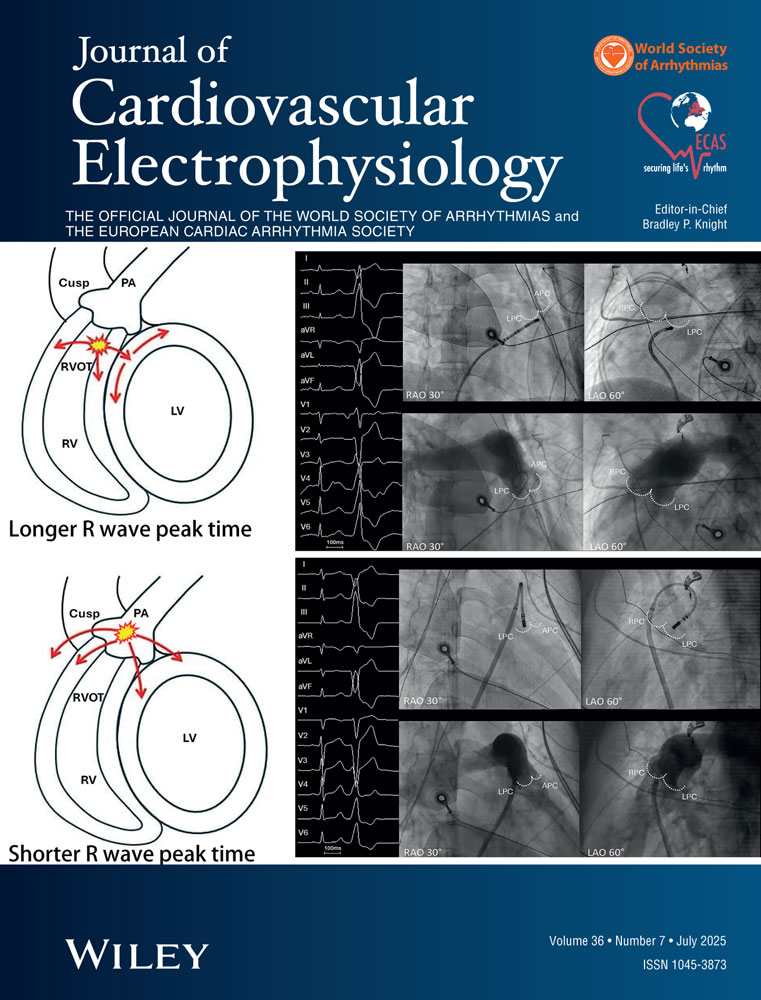The LETR-Principle: A Novel Method to Assess Electrode-Tissue Contact in Radiofrequency Ablation
Abstract
Minimal Power RF Application. Introduction: Stable electrode-tissue contact is crucial for successful radiofrequency ablation of cardiac tachyarrhythmias. In this in vitro study, a custom-made radiofrequency generator was used to evaluate the correlation between tip temperature response to a minimal radiofrequency power delivery (Low Energy Temperature Response: LETR-Principle) and electrode-tissue contact as well as lesion size.
Methods and Results: A battery-powered radiofrequency generator (LETR-Box, 500 kHz, 0.1 to 0.3 W) could measure the temperature increase at the tip electrode with 0.01°C accuracy. The device was tested in vitro using isolated porcine ventricular tissue. For various electrode-tissue settings (i.e., 0 to 0.89 N contact force), the temperature increase (δT) due to 0.1-W power delivery for 10 seconds was recorded. Subsequently, for the same electrode-tissue contact, a temperature-controlled radiofrequency ablation was performed (70°C target temperature. 50-W maximum output, 30 sec). Thereafter, the lesion size was measured histologically. To prove the safety of the applied LETR-Principle, the tissue was inspected microscopically after continuous radiofrequency power delivery of 0.3 W for 1 hour with high contact pressure (1.33 N). The delivery of 0.1-W radiofrequency power resulted in an average δT of 0.18° plusmn; 0.13°C. During temperature-controlled radiofrequency ablation, the tip temperature was 59° 8.5°C, resulting in a lesion depth of 4.8 ± 0.6 mm. The correlation coefficient between δT and contact force was 0.97 and 0.81. respectively, for lesion depth. No lesion was microscopically visible after power delivery of 0.3 W for 1 hour with 1.33 N contact pressure.
Conclusion: The LETR-Principle safely indicates electrode-tissue contact and lesion depth under in vitro conditions and can be useful for catheter positioning during radiofrequency ablation procedures.




